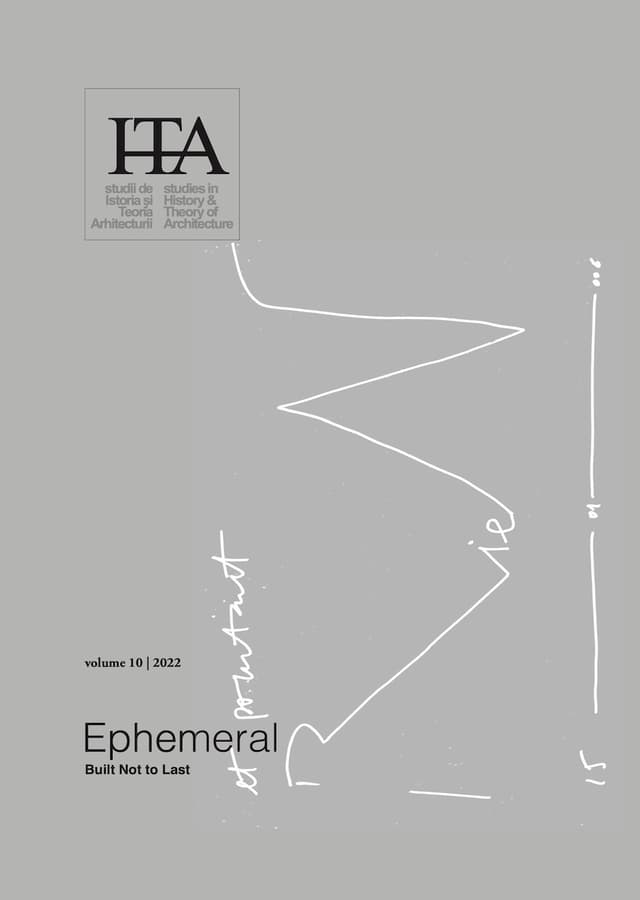Encapsulated Masculine Dreams:The Cultural and Material Impermanence of theNakagin Capsule Tower
Encapsulated Masculine Dreams:
The Cultural and Material Impermanence of the
Nakagin Capsule Tower
by
Aki Ishida
Keywords
Nakagin Capsule Tower
Kisho Kurokawa
impermanence
obsolescence
gender
metabolists
adaptive architecture
As the Nakagin Capsule Tower reached its imminent demolition at age fifty, the tower brought into question the physical and cultural impermanence of architecture. In the Metabolist spirit of continual growth, its architect Kisho Kurokawa, the youngest founding member of the Metabolist movement, designed the tower with a plan for its individual living units—the capsules—to be replaced every twenty-five to thirty-five years, while the concrete cores were estimated to last for more than sixty years. Kurokawa wrote extensively on the paradoxical Japanese practice of achieving permanence through impermanence. Fifty years since the Tower’s completion in 1972, none of the capsules have ever been replaced, and the building suffered from significant structural and cosmetic deterioration. For a variety of reasons—including the lack of funds, the allure of high profit in a new building on site, and difficulties accessing the capsules to replace them with a crane—the owner Nakagin neglected to maintain and replace the units. Without systematic maintenance—including units’ replacement—the capsules could not evolve with Japan’s changing work culture, gender roles, and domestic life. While societies expect cultural norms to change, they expect buildings to last for decades. In examining the photographs by those who lived in the tower over the past decade leading to the building’s demolition, the paper examines the impermanence of cultural visions and masculine dreams that shaped the architecture, and the possibilities of architecture designed with intentional impermanence as a way towards a more adaptable and sustainable future.
Published in

Chicago citation style
DOI:
10.54508/sITA.10.16